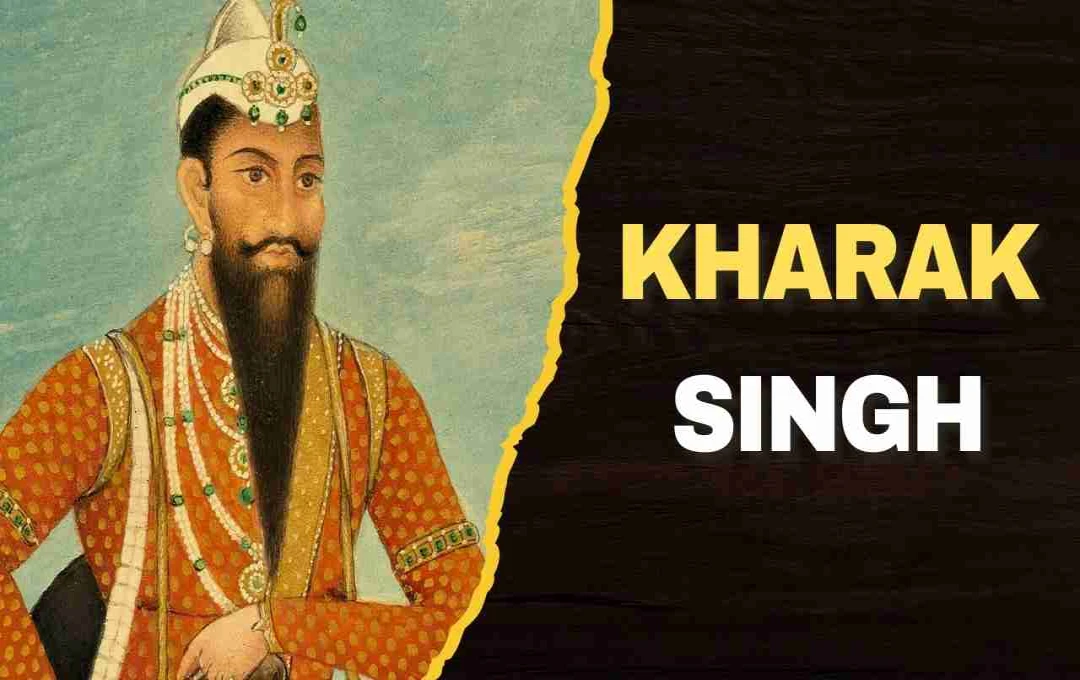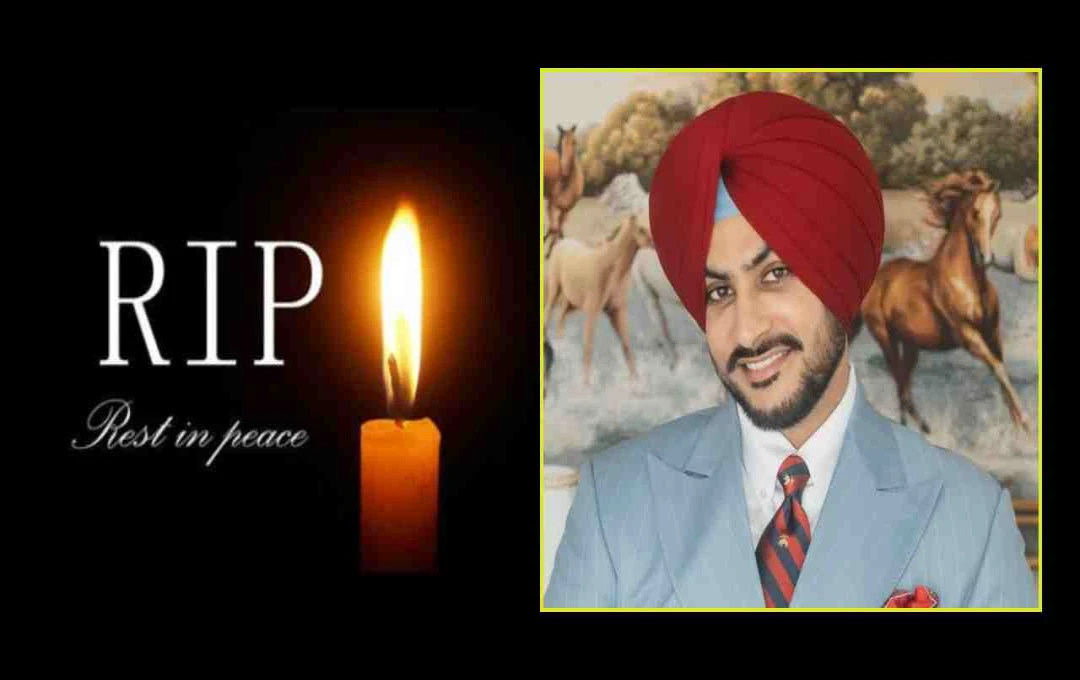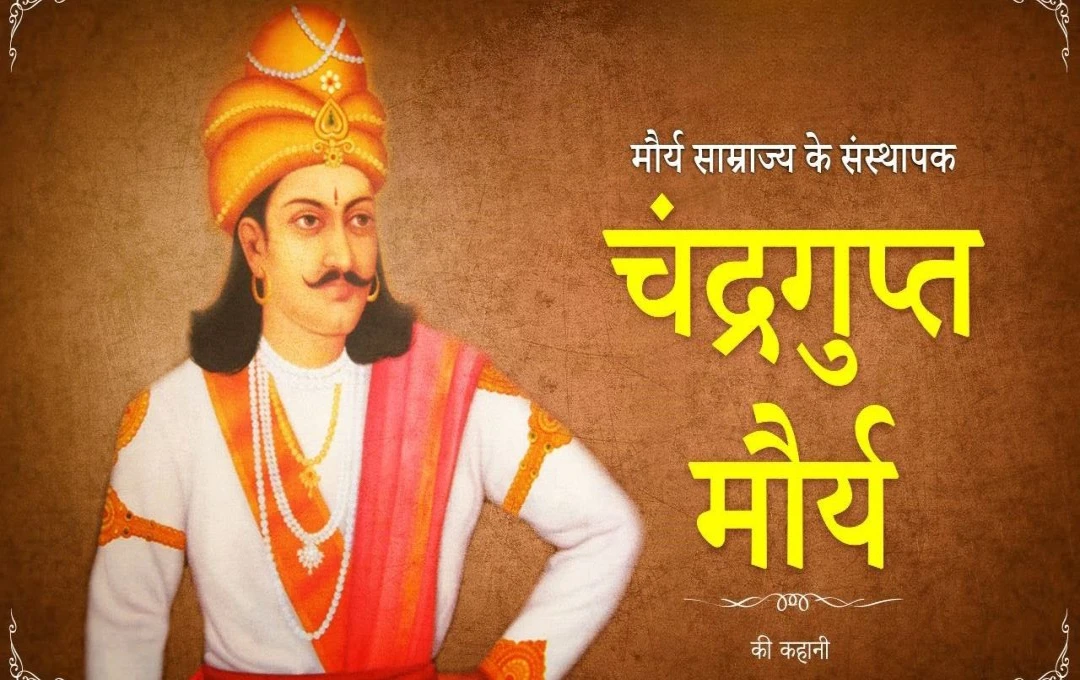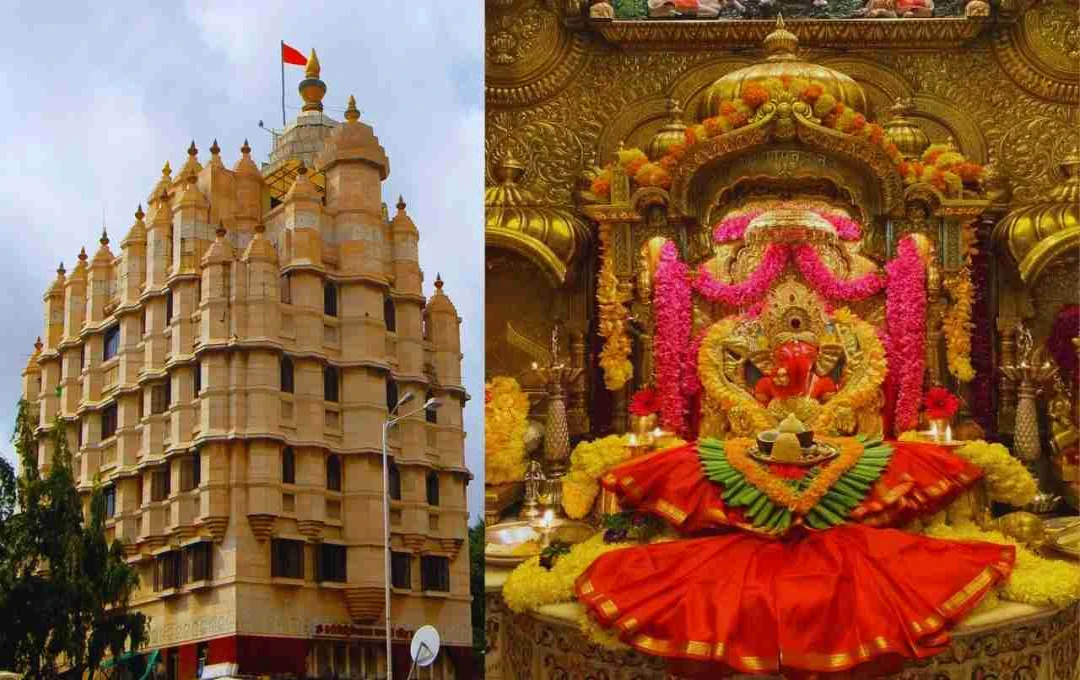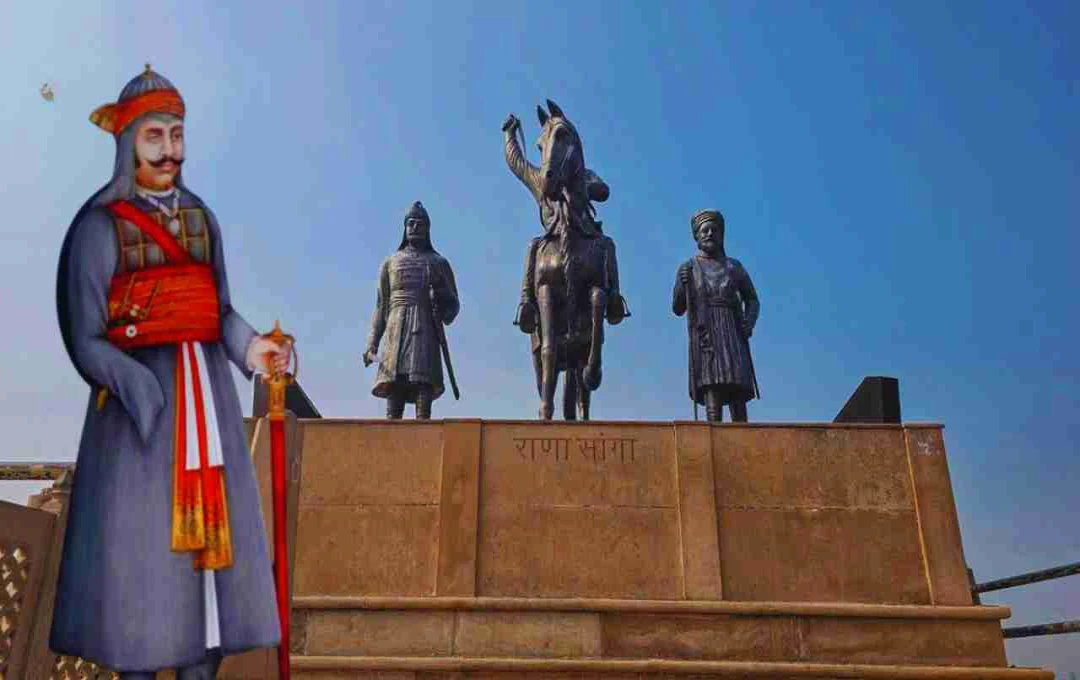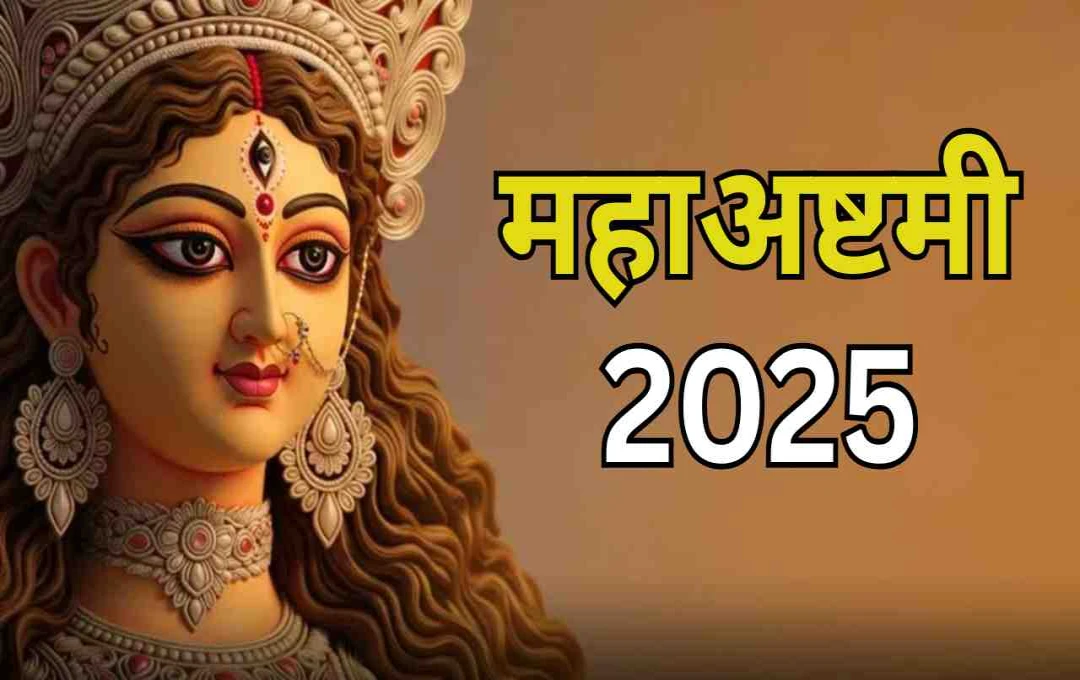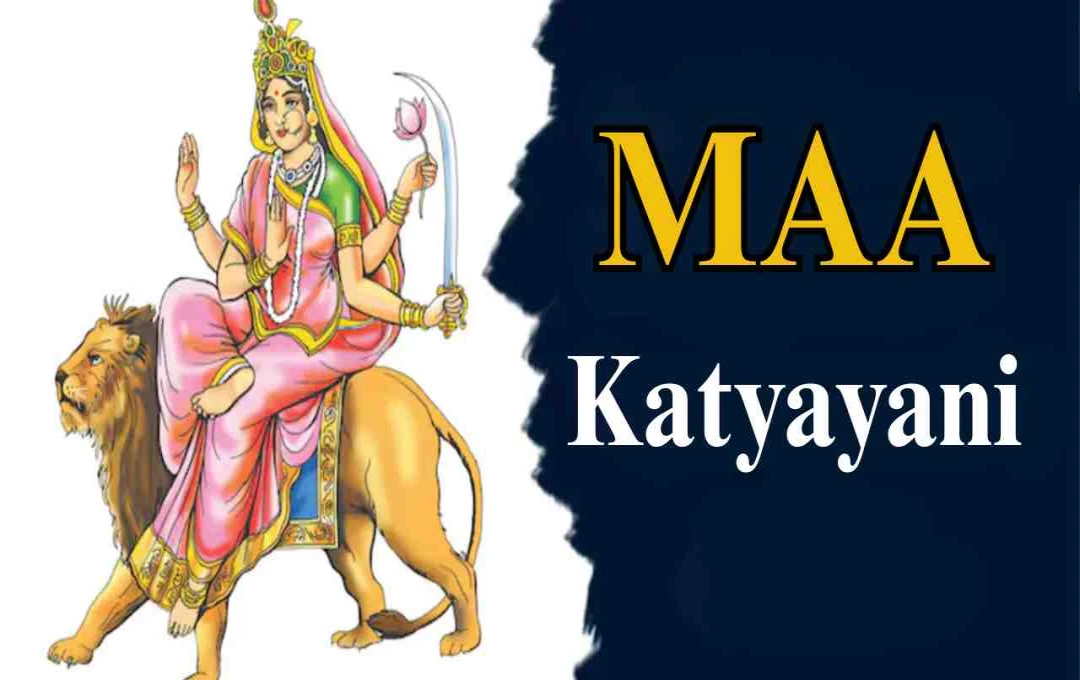Maharaja Kharak Singh's life was a symbol of the confluence of valor, education, and culture. His reign was brief, but his military prowess, kindness, and patronage of arts and culture earned him an indelible place in the history of the Sikh Empire. His life conveys a message of strength and humanity.
Kharak Singh: Maharaja Kharak Singh's name holds special significance in the history of the Sikh Empire. He was born on February 22, 1801, in Lahore. He was the eldest son of Maharaja Ranjit Singh and his second wife, Maharani Datar Kaur. Kharak Singh's life presents a unique blend of power, political struggles, and mysterious events. His life and reign were not limited to wars and power struggles but also saw significant contributions to art, education, and religious consciousness.
Early Life and Family
Kharak Singh was born in Lahore, a major city of Punjab. His mother, Datar Kaur, was a prominent descendant of the Nakai Misl, and her family itself belonged to a powerful dynasty. His father, Maharaja Ranjit Singh, who founded the Sikh Empire, considered him the heir apparent from birth. His name "Kharak," meaning 'one who wields a sword,' was specifically chosen as a symbol of bravery and courage. This name was inspired by the invincible warrior described in the Dasam Granth.
Kharak Singh married four times in his life. In 1812, at the age of 11, he married Chand Kaur, with whom he had a son, Nau Nihal Singh. Subsequently, he married Khem Kaur, Kishan Kaur, and Inder Kaur. His wives played various political and social roles in his life and the empire.
Education and Military Training
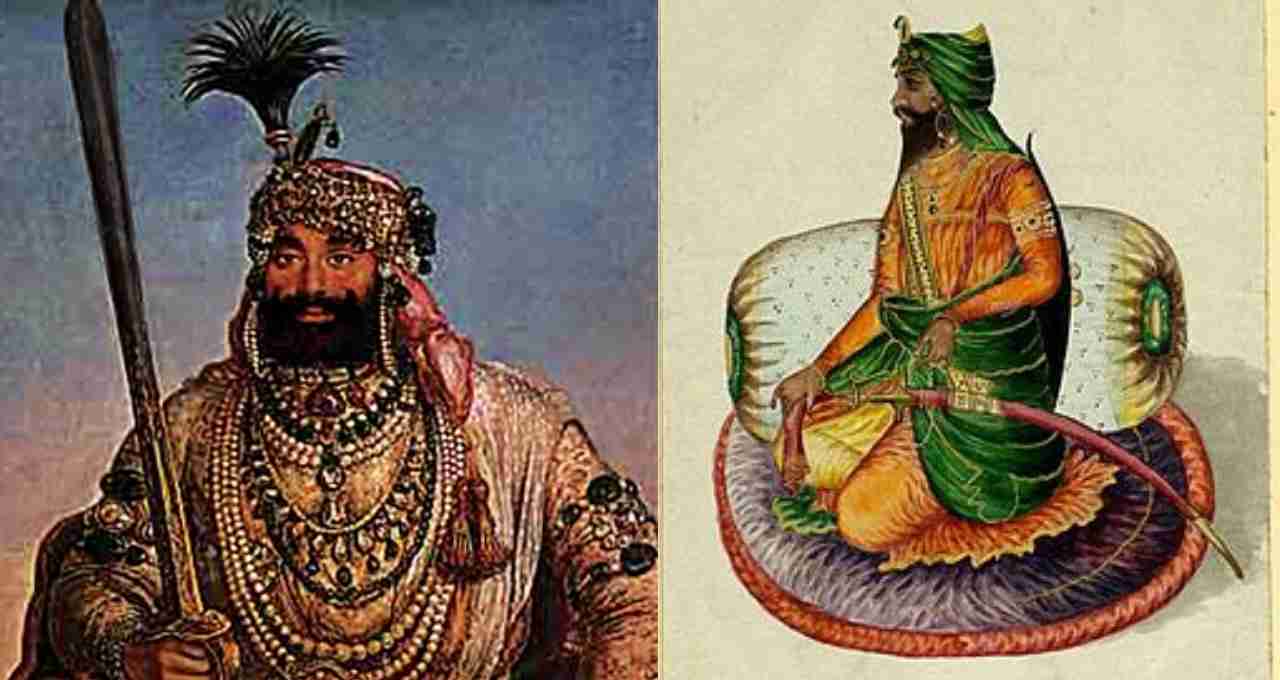
Kharak Singh was raised in an environment steeped in military tradition and royal discipline. He participated in wars and military campaigns from a very young age. At the age of only six, he was sent on the Sheikhupura campaign. In 1812, he was granted the jagir of the Jammu principality and given the responsibility of punishing rebellious chieftains.
In 1816, he was formally declared the heir apparent and given the title "Tikka Kanwar Yuvraj." His mother, Mai Nakain, personally trained him and accompanied him on the Multan campaign. This training made him proficient in military and administrative matters.
Contribution to Military Campaigns
Kharak Singh participated in several important campaigns. In 1818, he played a decisive role in the campaign against Nawab Muzaffar Khan, the Afghan ruler of Multan. The victory of Multan and subsequently the incorporation of Kashmir into the Sikh Empire through the Battle of Shopian in 1819 were significant achievements. His leadership in Srinagar was important not only from a military perspective but also from a trade and economic standpoint.
He also participated in the Peshawar victory and the Shikarpur campaigns. His military prowess and strategic thinking made him one of the leading generals of the Sikh Empire.
Maharaja of the Sikh Empire
After the death of Maharaja Ranjit Singh, Kharak Singh was enthroned in the Lahore Fort on September 1, 1839. His reign was brief but played a significant role in history. Kharak Singh was also a patron of arts and culture. He commissioned the creation of the Sanskrit astronomy manuscript 'Sarvasiddhantatattvasiddhamani'.
Although he was considered brave and courageous, his simplicity and, in some cases, lack of strategic acumen led him to be seen as a weak ruler. The Austrian physician Johann Martin Honigberger described him as foolish and in a state of stupor. However, other historians considered this untrue and described him as kind, educated, and an impressive general.
Political Challenges of Kharak Singh
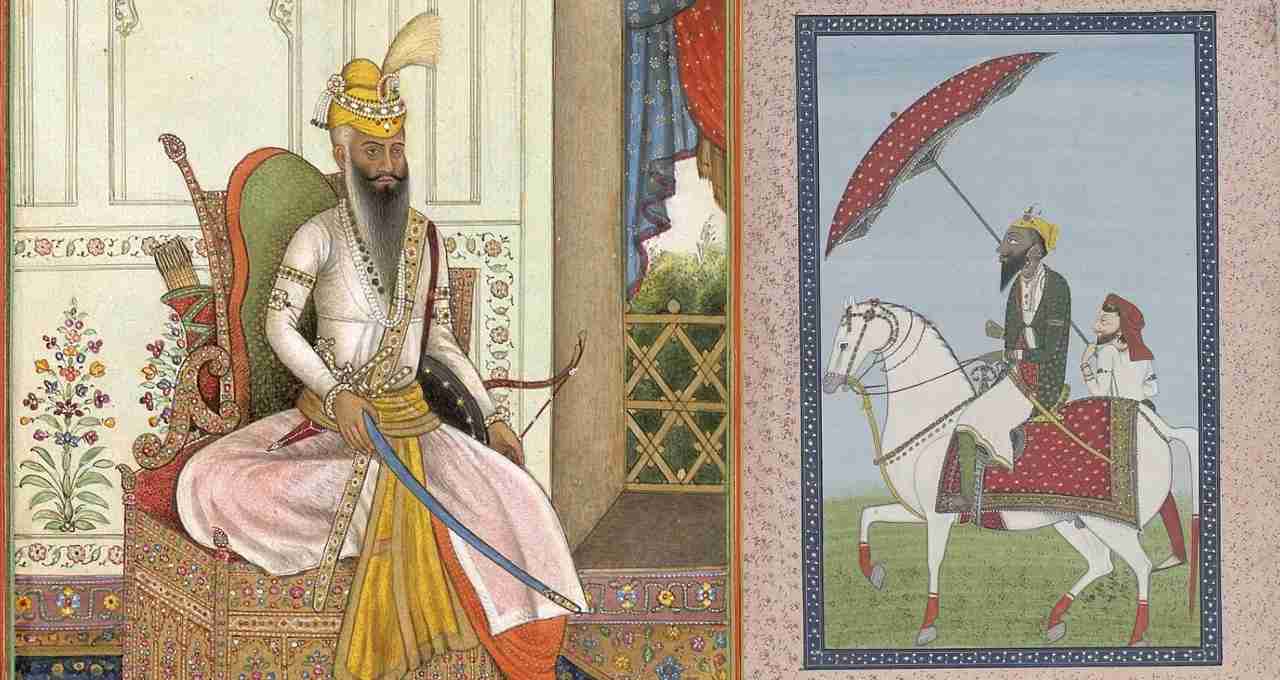
Political intrigues and courtly struggles were common in Maharaja Kharak Singh's life. His teacher, Chet Singh Bajwa, influenced him so much that he was seen as a puppet in the court. His relationship with Prime Minister Raja Dhian Singh became strained. The murder of Chet Singh and later the poisoning of Kharak Singh were among the most tragic aspects of his reign.
Raja Dhian Singh conspired to remove Kharak Singh from the throne for his own selfish motives and to make his son, Nau Nihal Singh, the real ruler. As a result, Kharak Singh was poisoned with white lead and mercury, and he died on November 5, 1840.
Family and Successors
Kharak Singh's wives and his son were an important part of his life. Chand Kaur was his first wife, and their son, Nau Nihal Singh, later took over the throne of the Sikh Empire. Khem Kaur and Kishan Kaur also played important roles in his life. His last wife, Inder Kaur, received a pension during the British Raj.
His family was active not only in political but also in social and religious activities. His successor, Nau Nihal Singh, shouldered the burden of his brief reign and difficult circumstances.
Image and Contribution of Kharak Singh
Kharak Singh was seen in various forms in the eyes of historians and contemporaries. Some called him a foolish and weak ruler, while others appreciated his kindness, education, military skills, and administrative abilities. Claude Martin Wade and Dr. Priya Atwal described Kharak Singh as gentle and humane.
His image is a symbol that power does not come only from ruling, but also from education, culture, and sensitivity towards humanity. He made significant contributions to art, science, and administration during his reign.
Maharaja Kharak Singh's life was like a Shakespearean tragedy, involving valor, education, power, and conspiracy all intertwined. Although his reign was brief, his contributions and image earned him a special place in the history of the Sikh Empire. His life reminds us that the true power of a ruler is not only to be judged in war and military victories but also in education, culture, and humanity.
